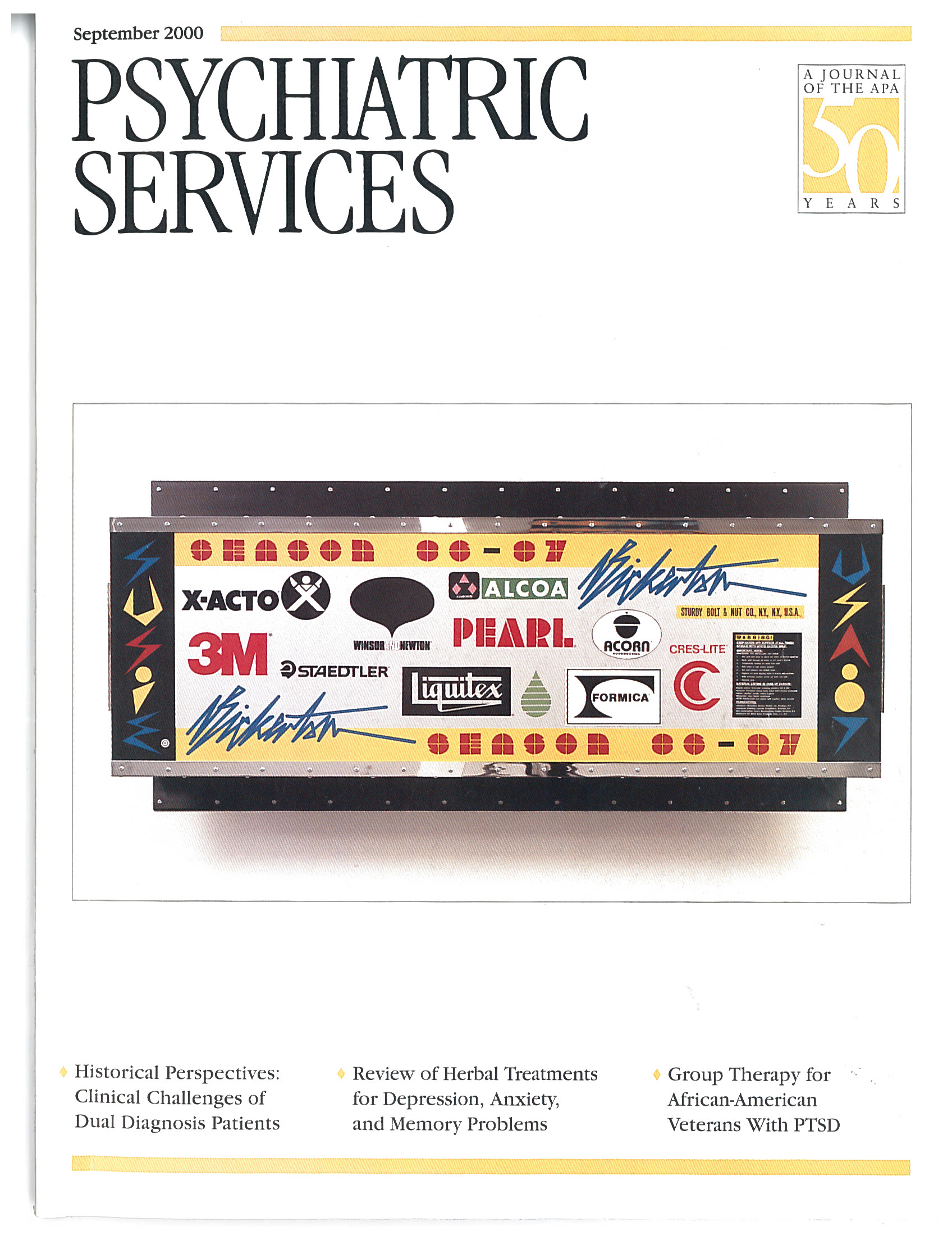Quality of Life of Homeless Persons With Mental Illness: Results From the Course-of-Homelessness Study
Abstract
OBJECTIVE: The quality of life of homeless persons with mental illness was compared with that of homeless persons without mental illness. METHODS: Subjective and objective quality-of-life ratings were obtained in face-to-face interviews with 1,533 homeless adults in Los Angeles, who were identified using probability sampling of people on the streets and at shelters and meal facilities; 520 subjects were tracked for 15 months. Ratings of homeless persons with and without mental illness were compared using chi square tests and regression analyses. RESULTS: Mentally ill homeless persons were significantly more likely than those without mental illness to receive Supplemental Security Income, Social Security Disability Insurance, Veterans Affairs disability benefits, or Medicaid. However, those with mental illness still fared significantly worse in terms of physical health, level of subsistence needs met, victimization, and subjective quality of life. Differences between groups in the subjective quality-of-life ratings were accounted for by modifiable factors such as income and symptoms rather than by nonmodifiable demographic characteristics. CONCLUSIONS: Interventions most likely to improve the quality of life of homeless persons with mental illness include those that stress maintenance of stable housing and provision of food and clothing and that address physical health problems and train individuals to minimize their risk of victimization. Interventions that decrease depressive symptoms might also improve subjective quality of life.



